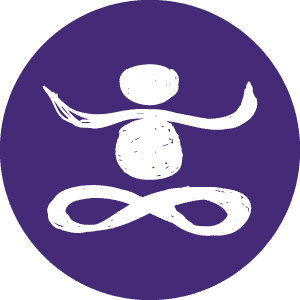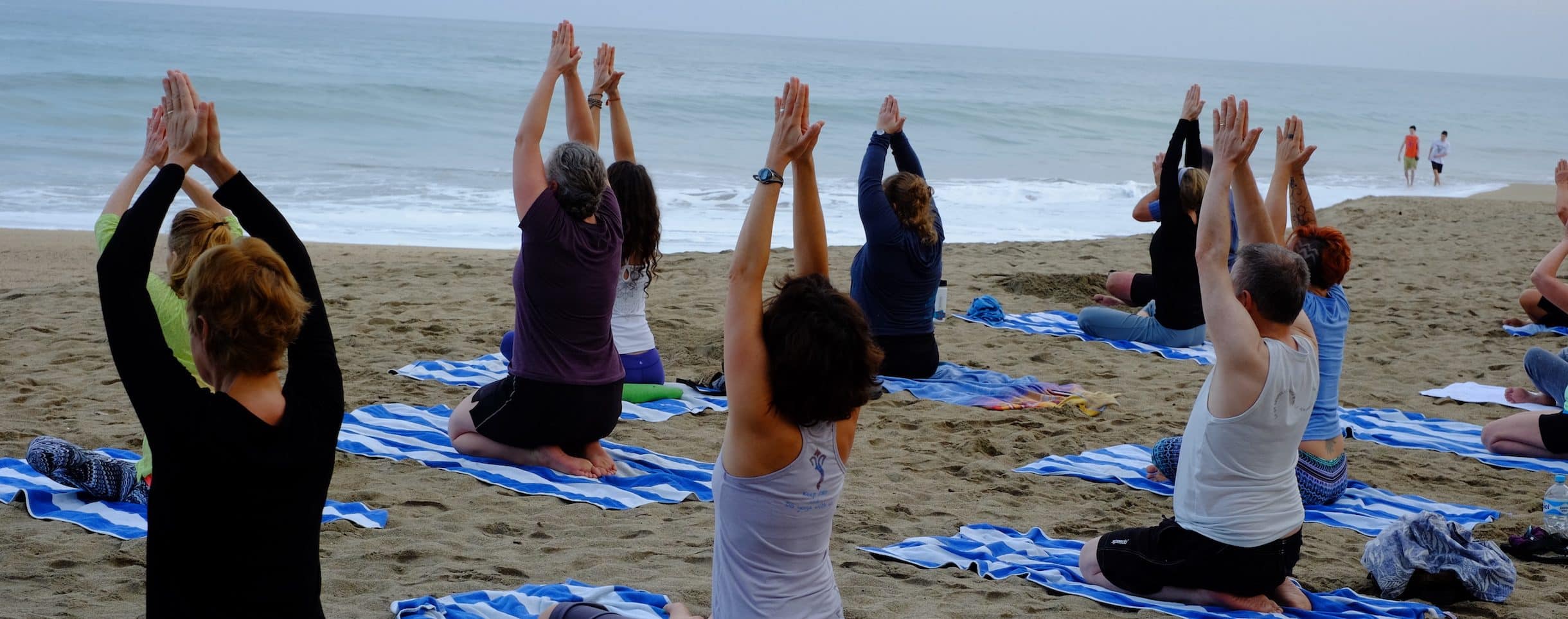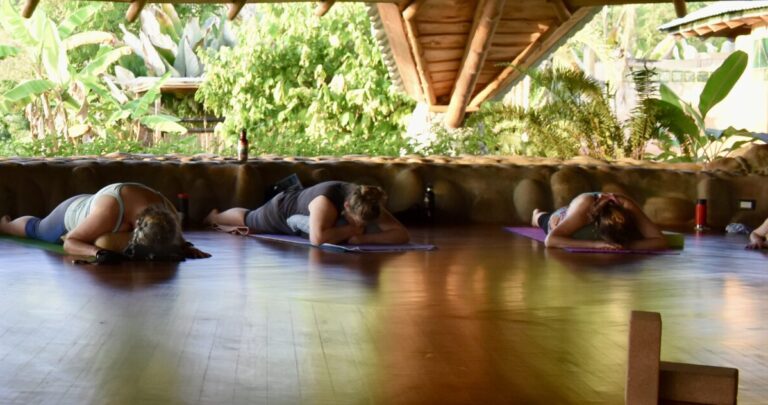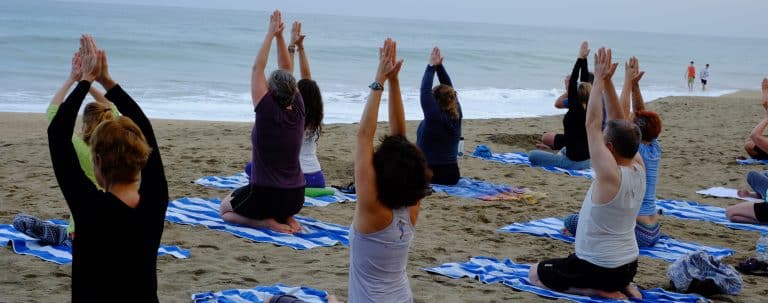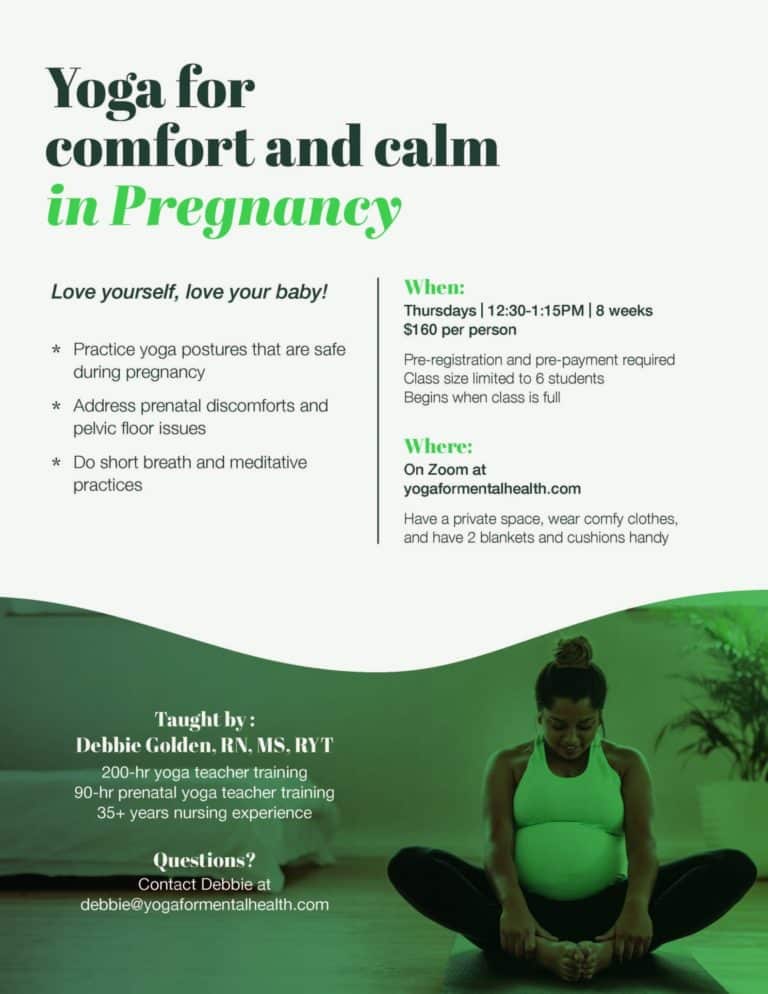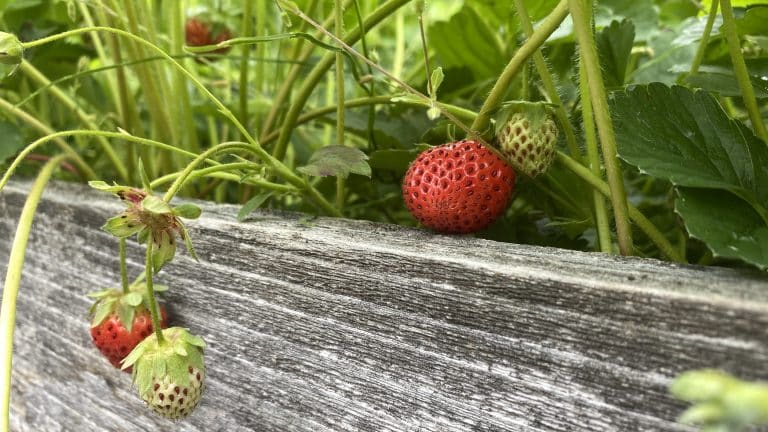Yoga is a mindful home.
This month we’re practicing mindfulness at home.
This is yoga. The yoga that we practice comes from a long tradition of wisdom seekers. The teachings were originally passed directly from teacher to student via oral tradition. Sometime between 500 BCE – 400 BCE, a philosopher, teacher, and practitioner, named Patanjali collected and recorded the most salient of these teachings in what we now know as the Yoga Sutras. In all there are 196 phrases with instructions “how-to”, and rationale about “why to” practice calming the fluctuations of the mind.
At Yoga for Mental Health, we use the Yoga Sutras to better understand how these fluctuations occur and how to find calm.
The Ten Tips for a Mindful Home are based on the second of the eight limbs of yoga. The eight limbs are all ways to practice. They are somewhat progressive. Our seasonal courses dive deep into the eight limbs. You can also scroll to the end of this post to watch a short video that describes the eight limbs.
The second limb is known as the trunk of the yoga “tree.” In Sanskrit, the ancient language of the sutras, it is Niyama. There are 5 of these niyamas and they tell us what to do to take care of ourselves. The two niyamas that this November initiative focuses on are: sauca and tapas. They are cleanliness and discipline.
Both of these practices require that we pay attention and choose wisely how to exert our efforts.
It is the manifestation of our efforts, whether they be thoughts, words, or actions, that is our influence on the world. And we, in turn, are influenced.
This practice, yoga, is ultimately one that reveals and reinforces this interconnectedness. Sometimes it is known as karma or the law of cause and effect.
We come to realize that we both are affected by and have an effect on our experience.
It is through this kind of focused practice, over time, that we feel the calm that the sutras describe.
This calm is one that is clear, confident, creative, and free from distraction. It is the kind of calm that allows for collaboration, tolerance, healing, and growth.
It is with these small efforts that we gain the strength and, increase our capacity to support others. It is with consistency and humility that we can return, again and again, to the beginning of the process with each new day, even, with each new breath.
For more ways to practice, subscribe to our newsletter. We offer a free structured practice like this for every season. You can also visit our Resources page for additional posture practice and guided meditations.
May your bowl be clean, your bed be made, and your mind be clear.
Lovingly,
Margi
